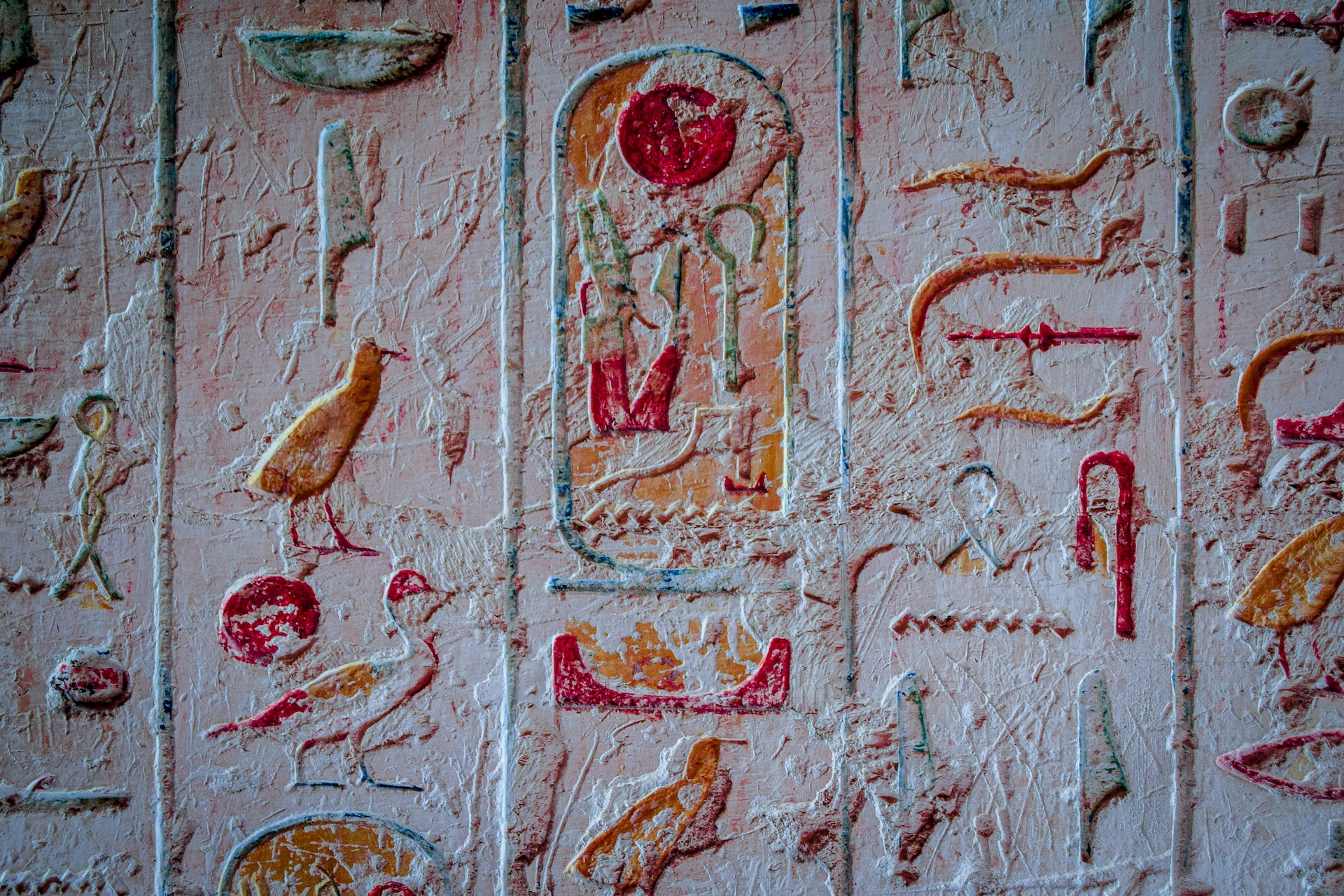Pictures have always been a captivating medium of human expression. From capturing moments to conveying stories, visual representation has played a significant role in our history. Art serves as a time capsule, enabling us to transcend the boundaries of time and explore the minds of those who came before us. The concept of the oldest picture refers to the earliest known visual representation created by humans. These ancient pictures provide invaluable insights into the cultures, lifestyles, and beliefs of our distant ancestors.
As we delve into the past, we encounter various forms of ancient artwork that allow us to witness the world through the eyes of our ancestors. In this article, we will explore the oldest picture ever discovered and shed light on the significance of ancient art in shaping our understanding of the past.
Understanding the Concept of the Oldest Picture
To comprehend the significance of the oldest picture, it’s crucial to understand its historical context. Early humans sought to communicate their experiences and perceptions through visual means, leading to the emergence of cave paintings as one of the earliest forms of pictorial expression.
The Significance of the Oldest Picture in History
The oldest picture holds immense historical value as it offers a glimpse into the minds of ancient societies. These visual representations provide clues about early human life, their environment, and the events that shaped their existence. By studying the oldest pictures, researchers can reconstruct narratives from our ancient past and gain a deeper understanding of our shared heritage.
Unearthing Ancient Cave Paintings
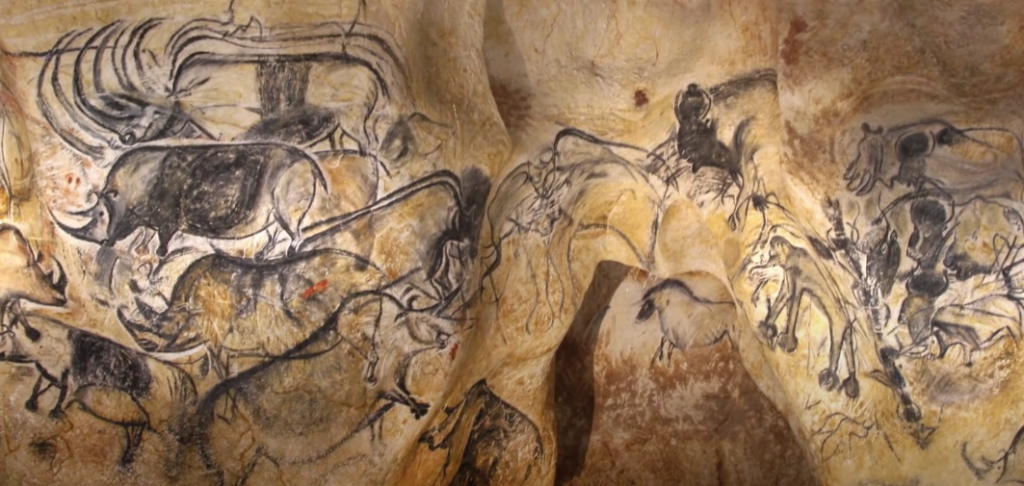
The Discovery of Cave Paintings
One of the most remarkable findings in the realm of ancient art is the discovery of cave paintings. These intricate depictions on cave walls offer an extraordinary window into prehistoric times. Archaeologists have unearthed cave paintings dating back thousands of years, showcasing the artistic endeavors of early humans.
Techniques Used in Cave Painting
The techniques employed in cave painting were primitive yet remarkable. Early artists used natural pigments, such as charcoal, ochre, and minerals, to create their artwork. By utilizing their surroundings, they crafted vibrant images on the cave walls, often depicting animals, hunting scenes, and communal rituals.
Depictions of Early Human Life
Cave paintings not only exhibit artistic prowess but also serve as visual documentation of early human life. These ancient pictures provide glimpses into hunting practices, social structures, and cultural beliefs prevalent in those times. By studying these depictions, we gain invaluable insights into the daily lives of our ancestors.
Ancient Egyptian Art and Its Historical Value
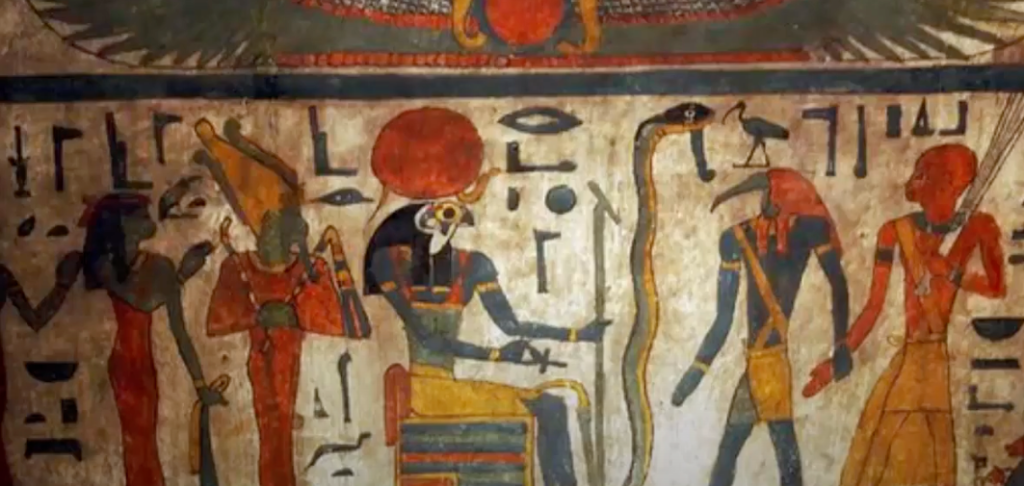
The ancient Egyptian civilization left an indelible mark on history through its magnificent art. The Egyptians employed various forms of artistic expression, including wall paintings and hieroglyphs, to convey their beliefs and document their society.
Egyptian Wall Paintings and Hieroglyphs
Egyptian wall paintings adorned the interiors of temples, tombs, and palaces, depicting scenes from daily life, religious rituals, and mythology. These intricate murals utilized vibrant colors and showcased the Egyptians’ exceptional skill in capturing human forms, animals, and architectural details.
Portrayals of Pharaohs and Deities
Ancient Egyptian art also emphasized the portrayal of pharaohs, the ruling elite, and gods and goddesses. Sculptures and reliefs showcased the grandeur and power of pharaohs, while temple walls illustrated the divine stories and the role of deities in Egyptian society.
The Mesopotamian Civilization and Its Artistic Heritage
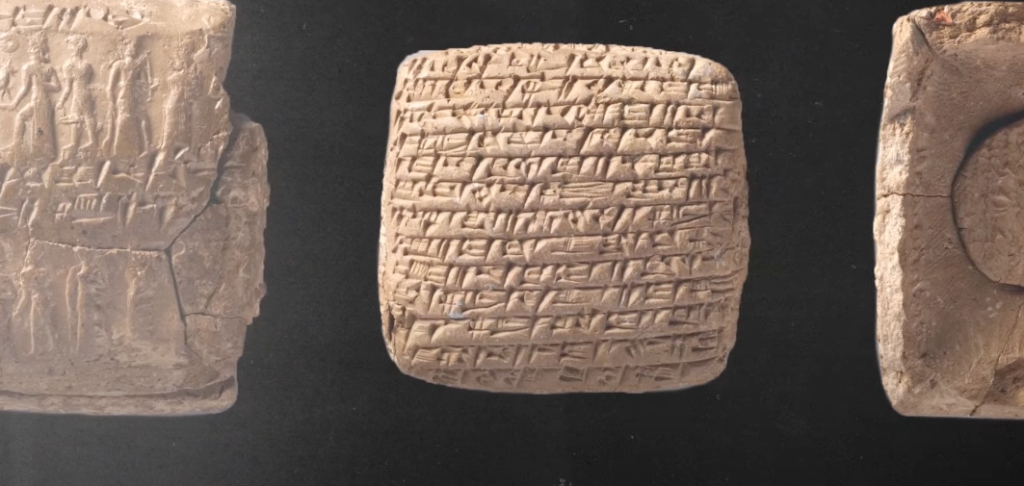
The Mesopotamian civilization, often referred to as the cradle of civilization, had a rich artistic heritage that encompassed various mediums. Their artwork, primarily found on cuneiform tablets and reliefs, served as a means of communication and record-keeping.
Cuneiform Tablets and Reliefs
Cuneiform tablets, inscribed with wedge-shaped characters, formed the basis of written communication in Mesopotamia. These tablets often contained pictorial representations alongside texts, conveying narratives, legal codes, and administrative records. Additionally, stone reliefs adorned temples and palaces, depicting historical events, religious ceremonies, and divine beings.
Symbolism and Storytelling in Mesopotamian Art
Mesopotamian art relied heavily on symbolism to convey narratives and stories. The artwork was replete with depictions of gods, mythical creatures, and legendary heroes, each symbolizing different aspects of their culture and beliefs. The intricate details and symbolic representations provided a visual language that connected the people with their cultural heritage.
The Oldest Surviving Photographs
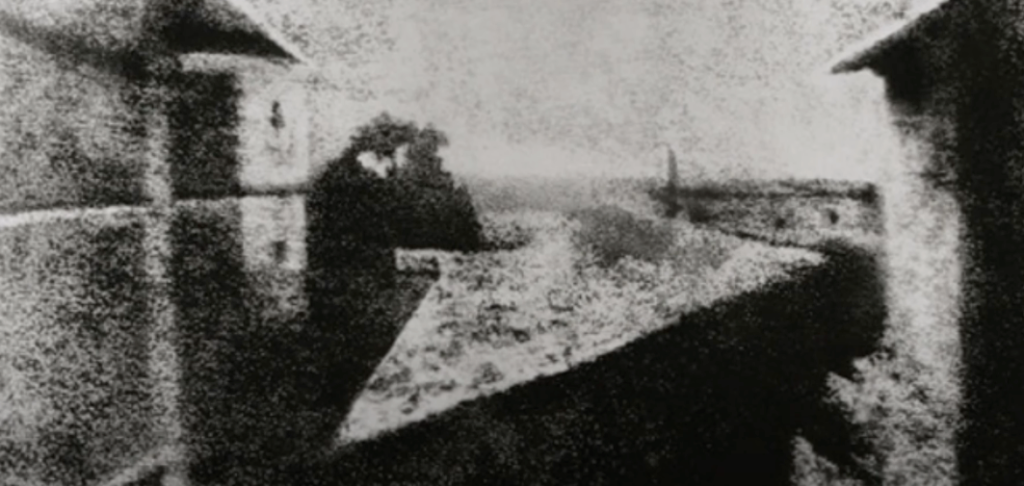
With the advent of photography, a new era of visual representation began. The oldest surviving photographs hold immense historical significance, capturing moments frozen in time and bridging the gap between the past and the present.
The Birth of Photography
The invention of the camera revolutionized the way we captured and preserved images. In the 19th century, pioneers such as Nicéphore Niépce and Louis Daguerre developed photographic techniques that led to the birth of photography. This groundbreaking innovation laid the foundation for the preservation of visual history.
The Earliest Known Surviving Photographs
Among the earliest surviving photographs are the works of Joseph Nicéphore Niépce and Louis Daguerre. Niépce’s “View from the Window at Le Gras” (1826) and Daguerre’s “Boulevard du Temple” (1838) are notable examples. These photographs provide a glimpse into the early days of photography and stand as a testament to human ingenuity.
Preserving and Studying Ancient Artworks
Efforts to conserve and study ancient artworks are vital in unraveling the mysteries of the past. Preservation techniques and rigorous analysis help researchers gain a deeper understanding of ancient civilizations and the cultural, social, and historical contexts in which these artworks were created.
Conservation Efforts for Ancient Paintings
Preserving ancient paintings requires meticulous care and conservation techniques. Experts employ methods such as environmental monitoring, cleaning, stabilization, and controlled lighting to protect these delicate artifacts. By safeguarding these priceless treasures, we ensure their longevity and continued study.
Analyzing and Interpreting Ancient Artwork
The analysis and interpretation of ancient artwork involve multidisciplinary approaches. Scientists, archaeologists, art historians, and linguists collaborate to decipher the messages embedded in these visual representations. Through technological advancements, including imaging techniques and material analysis, researchers can delve deeper into the meaning and significance of ancient art.
Conclusion
The oldest picture ever discovered takes us on a captivating journey through time. From ancient cave paintings to Egyptian murals, Mesopotamian reliefs, and the earliest surviving photographs, these visual treasures enable us to connect with our ancestors and understand their world. By preserving and studying these artworks, we unlock the stories and legacies of civilizations that shaped our present. Let us cherish and appreciate these invaluable glimpses into our shared human history.
